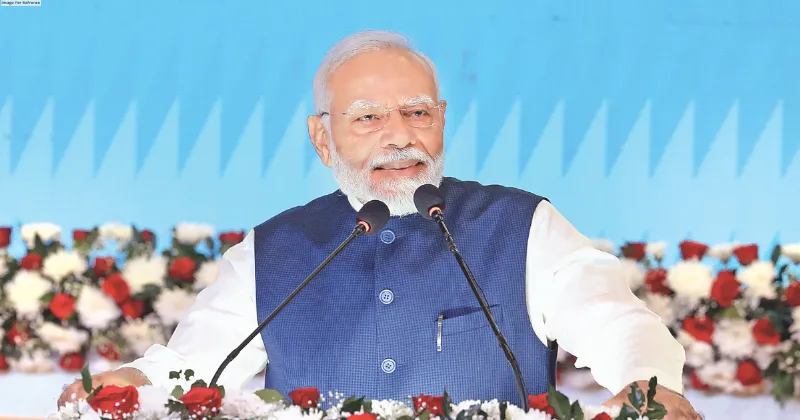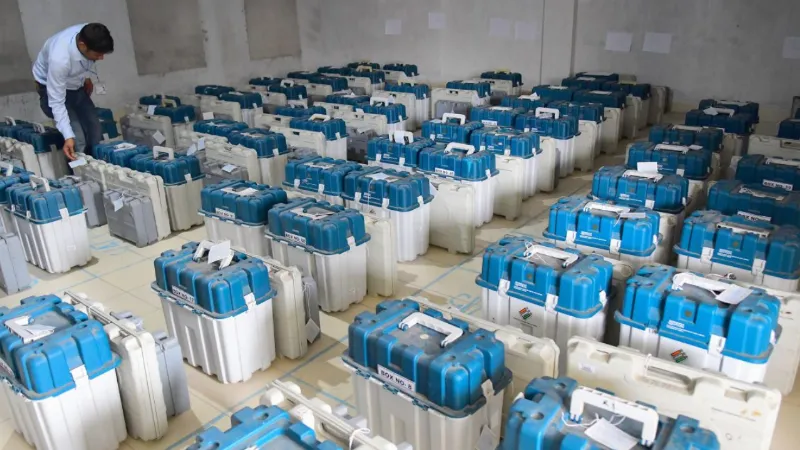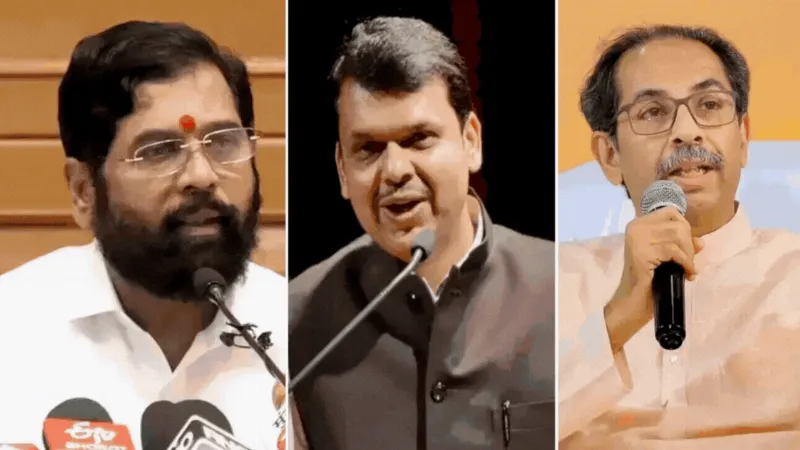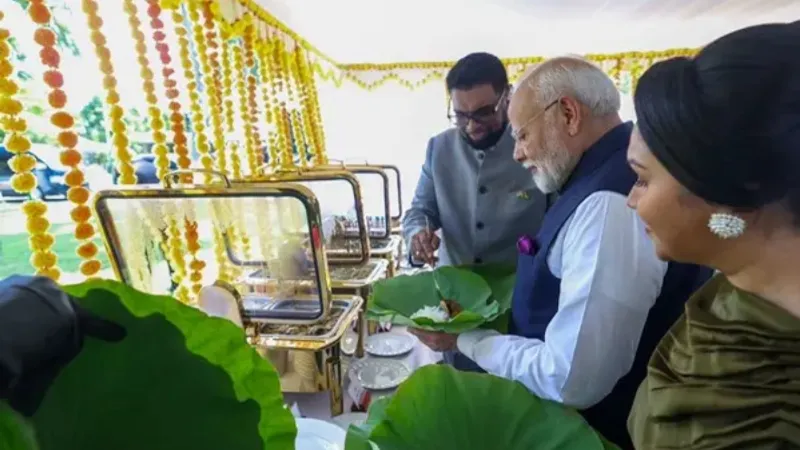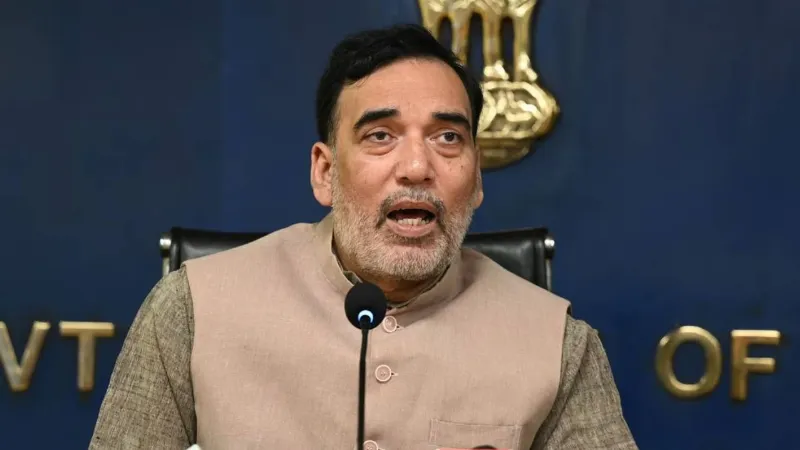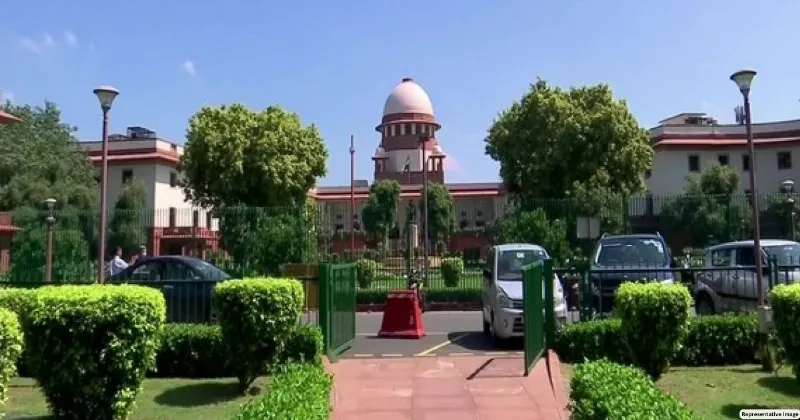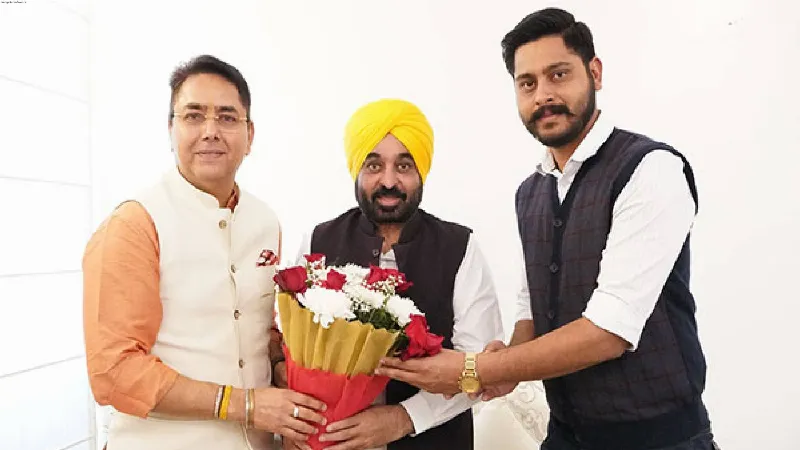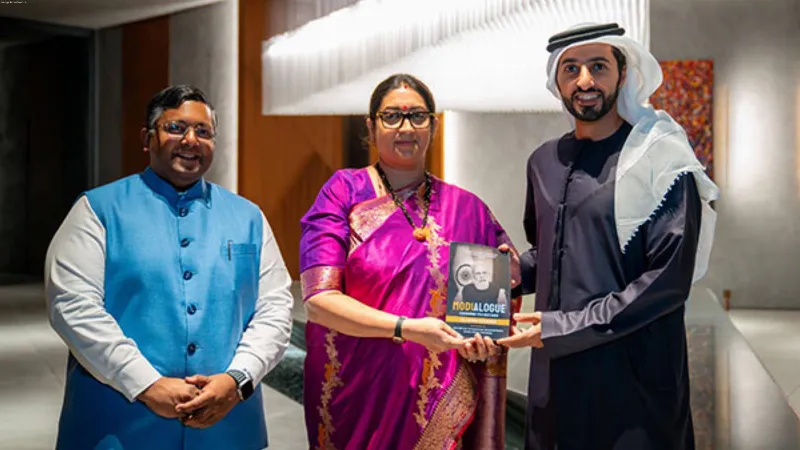‘POSITIONING INDIA FOR HUNDRED MEDALS IN OLYMPICS’
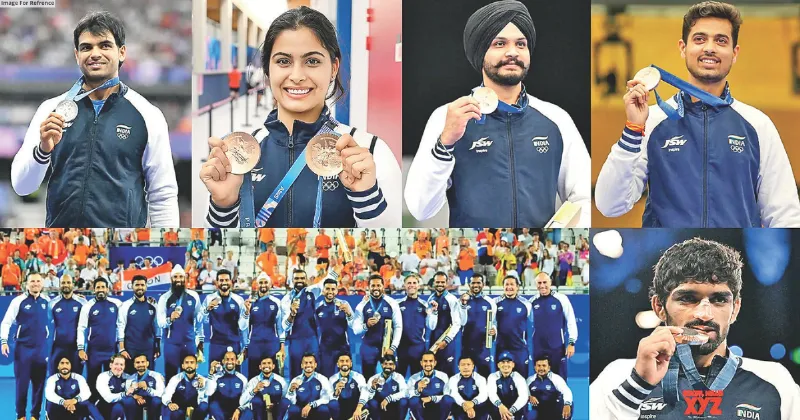
India’s tryst with the Olympics has been going on since 1900 Post-Independence our nation has participated in 20 Summer Olympics wherein, approximately 1300 athletes have represented the nation. However, the total medal haul accounts to only 36 medals. We are edging towards the aim of 100 medals at snail’s pace. Enough has been spoken and written to provide a ‘one size fits all’ solution after each Olympics but have failed to bring a difference in our performance due to singular hinging on government spending and lack of a PPP (Public-Private Partnership) model.
There is a need to have a de-novo look at the strategy which will work for all of us to achieve the dream goal of 100 medals in our nation’s dream bid to host Olympics in 2036. I have been researching on our existing sports ecosystem for the past few years and trying to identify implementable methodologies that can give a whiff of fresh breath to our global standing in sports especially in the Olympics. A few critical areas that need transformation include the creation of sports nodes at the tehsil level encouragement of private leagues for Olympic sports, promotion of sports by federations by utilising multiple media channels to encourage and bring in new talent alongside the Khelo India, Youth Games, and Mission Olympic Wing of Army.
INVEST IN CREATING SPORTS NODES AT THE TEHSIL LEVEL
Firstly, a few statistics to drive home a point. There are approximately 150 multi-sport stadiums in India, mostly located in either prominent cities, capitals, or metropolitans. Each stadium costs in the range of INR 300 Cr – 1500 Cr depending upon the size, seating capacity, location, city, and the number of sports to be catered. There are as many as 788 districts in India, which roughly transform to 0.019 stadiums per district. Thus, rather than creating assets that are more of aesthetic value for a city, these resources need to be channelised at rural sports infrastructure as of now. The focus in cities should be on creating Centres for Sports Science and High-Performance Centres. Truly tapping into nation’s potential is essential. Investing in sports nodes at tehsil level represents a paradigm shift. These localized centres would act as epicentres for athletic development, offering training, equipment, and coaching to youth in rural and semiurban areas. Most Olympic medallists hail from modest backgrounds, and their success underscores the importance of support at the grass roots level. A rough guide will be to spend approximately 1 Cr in 300 tehsils rather than 300 Cr in one. In subsequent years till the run to the Olympics, these can incrementally be augmented with additional sports facilities. This would offer ample opportunities for rural youth to explore a variety of sports to choose from; in which they truly believe they can excel! For instance, if there are no Lawn Tennis courts in villages how do we know the best talent is representing India? This would not ensure decentralization of sports talent and an even distribution of sports facilities pan India. The Role of Private Leagues: A New Frontier for Indian Sports Secondly, the critical area of focus should be to encourage private leagues for Olympic sports. Though there are numerous such leagues, most of them are commercial ventures and do lip service to change India’s sports ecosystem. Sporting powerhouses like the US, Australia, UK, have followed similar models to effectively tap and promote sports talent at the grassroots. Another offshoot of this model is the tandem growth of sports science and its subsidiaries. These leagues provide a platform for players to showcase their skills and foster a competitive environment that drives excellence. Expanding this model to other sports can have transformative effects. Private leagues will be a catalyst to generate significant interest and investment in sports that are currently under-represented. For example, a private league for Shooting, Archery, and even Track & Field events will have a windfall effect in nurturing and fostering talent that can stimulate local interest. These leagues can attract sponsorships, media coverage, and fan engagement, which are crucial for the growth of any sport. Social media posts on them can give them a quantum leap. Moreover, private leagues offer underrated players a platform to showcase their talent, and eagerness for participation at higher levels too. They also help players gain visibility and attract talent scouts, leading to national and international opportunities. Supporting private leagues can significantly enhance the sporting landscape, providing athletes with multiple avenues to thrive and be discovered.
The Power of Promotion: Sports Federations and the IOA must reassess their roles, & accountability. Currently, they are topheavy and often fail to provide adequate support to elite athletes. Adopting a corporate ‘perform or perish’ culture and developing a comprehensive sports advertising and promotion strategy is crucial. Federations should allocate a reasonable budget for promotion, leveraging all media channels to build a robust sports culture. Engaging content, targeted campaigns, and success stories can boost viewership, attract young talent, and inspire new players. Featuring both mainstream and niche sports can foster broader participation and a more inclusive sports culture.
THE VIEWS EXPRESSED BY THE AUTHOR ARE PERSONAL
Col Himmat Verma The writer is Colonel (Retd)

